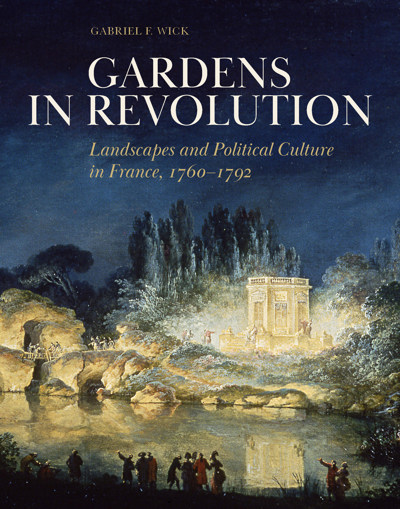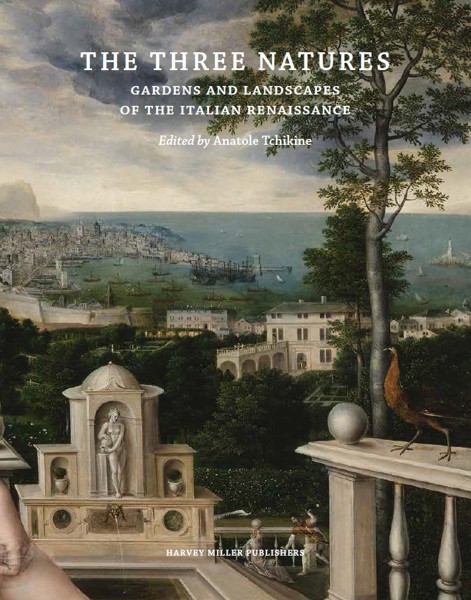
- Pages: approx. 232 p.
- Size:220 x 280 mm
- Illustrations:9 b/w, 111 col.
- Language(s):English
- Publication Year:2026
- € 125,00 EXCL. VAT RETAIL PRICE
- ISBN: 978-1-915487-23-0
- Hardback
- Forthcoming (Apr/26)
*How to pre-order?
This book offers new scholarly perspectives on diverse roles that gardens played in Italian Renaissance culture as sites of environmental knowledge, social prestige, identity fashioning, and artistic innovation, building on their contemporary understanding as products of a collaborative relationship between humans and nature.
Anatole Tchikine is an architectural historian and Curator of Rare Books at Dumbarton Oaks, an institute of Harvard University in Washington, DC. His recent book, Francesco Ignazio Lazzari’s “Discrizione della Villa Pliniana”: Reimagining Antiquity in the Landscape of Umbria, co-authored with Pierre de la Ruffinière du Prey, is the winner of the 2023 Elizabeth Blair MacDougall Book Award by the Society of Architectural Historians.
In the middle of the sixteenth century, humanist Jacopo Bonfadio referred to gardens as “a third nature,” as distinct from the landscapes of agriculture and habitation or the primordial if notional wilderness. This idea, newly resonant today in the age of climate change, elevated the art of gardening to a model of collaboration between human and natural worlds. Having no precedent in the literature of antiquity, Bonfadio’s metaphor was the most original Renaissance attempt to define the place of gardens within the order of nature as a unique symbiotic product of this ongoing dialogue.
This book, focused on fifteenth- through seventeenth-century Italy, revives Bonfadio’s emphasis on the collaborative ethics of environmental relationships as key to understanding the early modern modes of cultural appropriation of the natural world. At the center of this discussion are various ways in which gardens captured the variety of manifestations of nature, couched in the language and categories of contemporary experience. Written by an interdisciplinary team of scholars including some of the leading authorities in the field, this book shows how garden design and meaning were instrumentalized in such diverse contexts as elite collecting, natural philosophy, artistic practice, poetic discourse, medical theory, and religious imagination, laying out new theoretical frameworks for explaining the centrality of these green spaces in fashioning social, gender, and regional identities.
Introduction, The Three Natures
Anatole Tchikine
Reframing Third Nature
Narratives of Nature: The Classical, the Vernacular, and the Scientific in the Gardens of Sixteenth Century Florence
Anatole Tchikine
“Lasciate ogni pensiero . . .”: Toward the Sublime in Early Modern Landscape Design
Luke Morgan
Gunpowder Grottos: Seismology and the Subterranean Landscape in Renaissance Italy
Morgan Ng
Aesculapius and the Cultivation of Health in Early Modern Roman Gardens
Katerine M. Bentz
The Grafting of Memory
“To Gaze in Wonder upon the Orange Tree”: Nature, Landscape, and Art in Giovanni Pontano’s De hortis Hesperidum
Luke Roman
From Vernacular Vigne to Elite Villas: Hybridity, Memory, and Transformation in the Landscape of Rome
Mirka Beneš
Memory, Materiality, and Myth: Etruscan Antiquity and the Larger Landscape of Bomarzo
Katherine Coty
A Dalmatian Palimpsest: Renaissance Villeggiatura between Humanist Otium and Counter-Reformation Spirituality
Nadja Aksamija
Postscript, Third Nature over Time
Claudia Lazzaro
Bibliography of Printed Sources
Biographies


